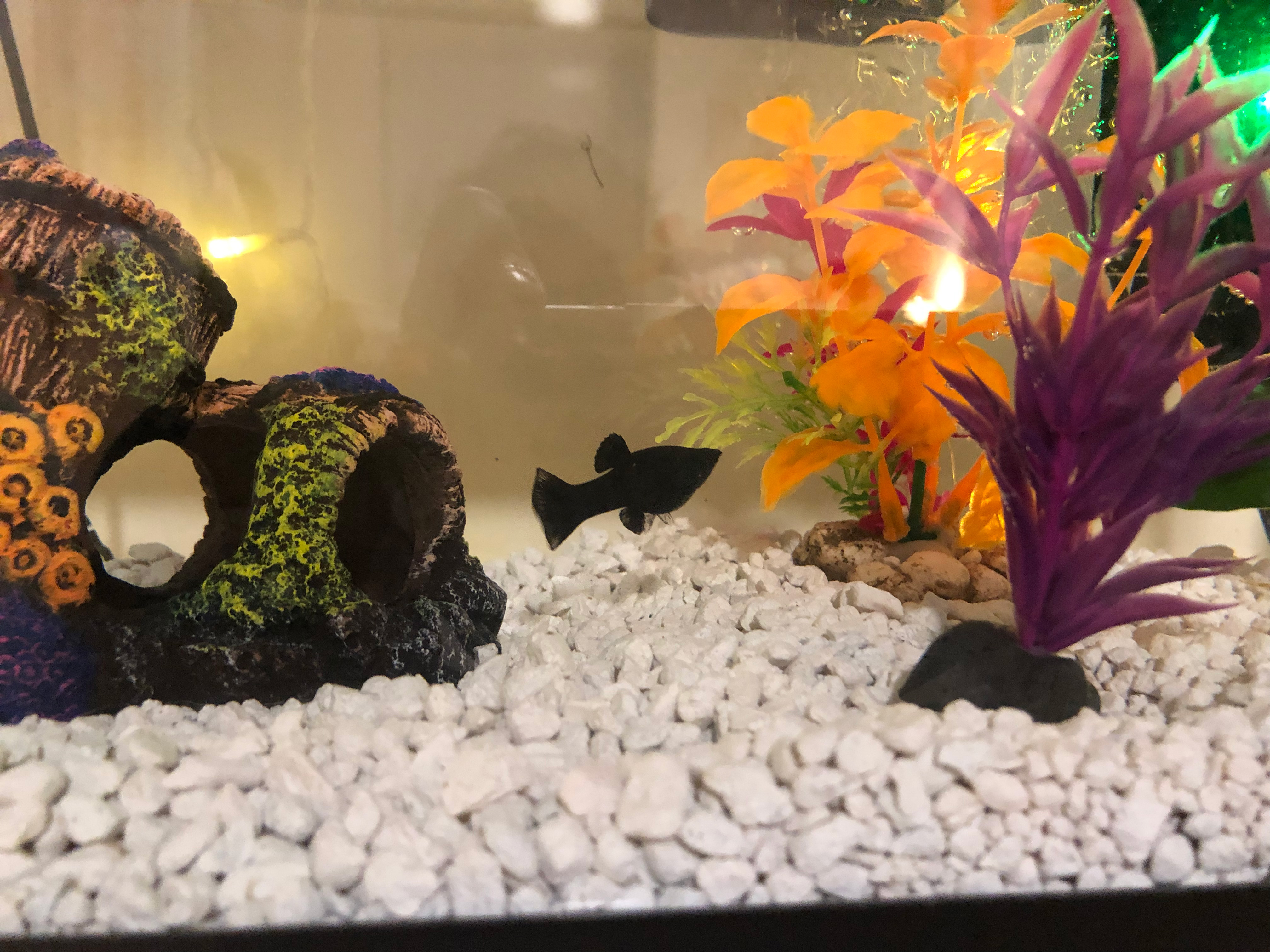
Sophomore Caroline Alvarez, owner of Teddy the Maltese, loves coming back to her room after a bad day because Teddy is always there to cheer her up.
“My favorite thing is he knows the sound of my keys and so he rushes to the door,” Alvarez said.
Teddy is Alvarez’s emotional support animal (ESA). Hood’s Director of Accessibility Services Kate Gmuer said that each student who intends to bring an animal on campus needs to apply for the animal to be an ESA.
Once an animal is approved as an ESA, the student must provide up-to-date vaccination records, vet information and an emergency contact for the animal. This is to ensure the well-being of the animals and their owners.
Gmuer said that an ESA does not need to be trained and there are no regulations on the type of animal. The process of getting an animal on campus requires a significant amount of paperwork and multiple health professional’s signatures before accessibility services can even review the request.
“An emotional support animal is a treatment, no different than medication, and must be prescribed,” Gmuer said.
Alvarez said that her dog isn’t allowed in any building on campus other than her residence hall.
“We are very limited to where we can take him and he’s always trapped in the room,” Alvarez said.
Other students spoke of similar issues.
“It’s hard to leave and come back because she loves to try and get out and loves to destroy everything I have in my room,” said Riley Fitz, sophomore and owner of 5-month-old kitten Georgie. “I take her out on walks…a lot of people know me by my cat.”
Fitz said that Accessibility Services also only accepts requests once a month.
“I had to get the paperwork in really fast so they would accept it sooner and I would not have to wait another month,” Fitz said.
The application process can take some time depending on when the paperwork is submitted. Alvarez and Fitz both said that the regulations for having an ESA can be frustrating.
Besides ESAs, Hood only allows fish and hermit crabs as pets on campus. Students are allowed up to two 10-gallon tanks in their room, but no heat lamps. A lot of students see this as an opening to have a friend in their dorm, but it does pose some concerns.
All pets must be removed from the residence halls over breaks and the cages must be kept clean according to the student handbook’s pet policy.
Zoe Finholm, sophomore and owner of a pet fish named Stacy, said that during transportation she worries about Stacy spilling and just lying on the floor of her car.
For more information about ESAs and how to register an animal as an ESA on campus, contact Kate Gmuer at gmuer@hood.edu.

Be the first to comment